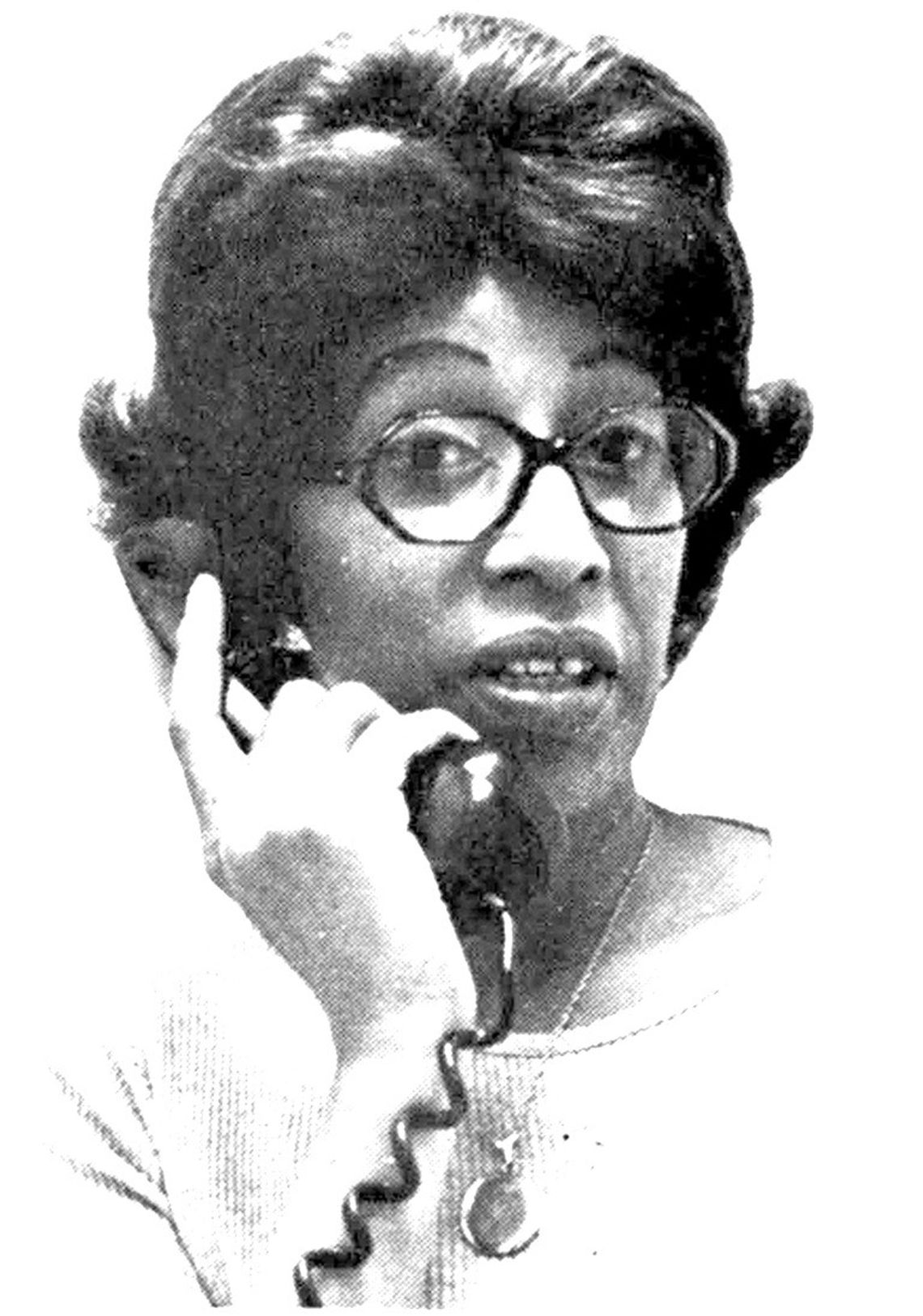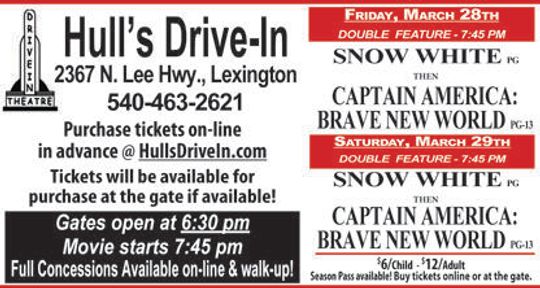Local Tales, Well And Lesser Known, Retold In New Book
Rockbridge County has always cultivated storytellers.
Big Foot Wallace, born in Lexington in 1817, spent his retirement in an easy chair in Texas endlessly telling tales.
Henry Boley, the eccentric Lexington bookseller, would rather swap stories with his friends than conduct business, and in 1936 he wrote “Lexington in Old Virginia,” which likely contains more superlatives than any book ever published before or since. (House Mountain is “Lexington’s Fujiyama.”) Not to be outdone, a year later Nannie Jordan, a retired local school teacher born during the Civil War who had a keen eye for detail, a prodigious memory and a bracing wit, wrote a rollicking memoir, “Smiles and Tears,” excerpts from which were published online last year.
Now there is Bob Keefe, whose new book “Rockbridge in 733 Vignettes” contains that number of stories, of about 100 words each, and even more illustrations.
“These vignettes aren’t Rockbridge County’s greatest hits, for the most part,” the author said. “You’ve probably heard the names before, but in general the stories are the kind that people tell across the dining room table after the dishes are cleared, not ones you’d read in a book published by a university press.”
The 228-page, richly illustrated book has chapters devoted to local people; the county itself; the two cities; Brownsburg; the African American community; area churches, and the three colleges.
The book is the result of three-plus years Keefe spent, beginning in 2020, writing brief items for near-nightly publication on Historic Lexington Foundation’s Facebook site. Over time, he had compiled more than 1,000 stories, from which he selected the material for “733 Vignettes.”
The illustrations come from the archives of Washington and Lee University, Virginia Military Institute and the Rockbridge Historical Society, as well as from such sources as the Library of Congress, Virginia State Library and HLF’s landmark book “Architecture of Historic Rockbridge,” researched and written by Dan Pezzoni. Even real estate listings yielded photos when historic places were put up for sale.
Keefe is a Washington and Lee University graduate who worked at W&L in communications for 10 years before shifting to corporate editorial work in Toronto and New York. During the 1970s he was active in the Rockbridge Historical Society, and when he retired to the area in 2011 he rejoined the RHS board and later began working with Historic Lexington Foundation, for which he designed and produced “Architecture of Historic Rockbridge” in 2015.
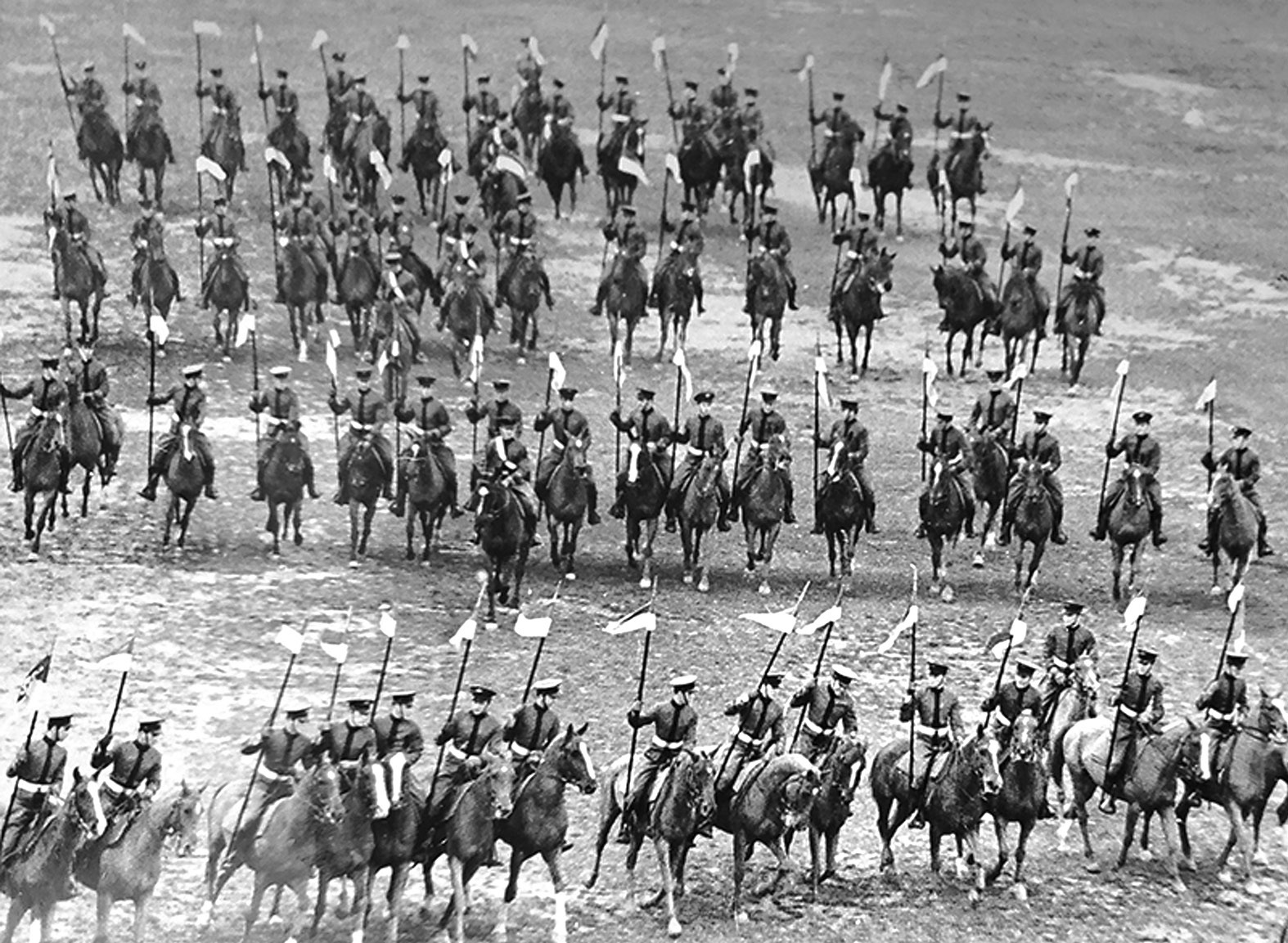
In 1858, 30 cadet parents agreed to provide horses for their sons to ride in cavalry training. In 1919, the Federal government sent 100 horses and 20 troopers to VMI to support a mounted unit. Stables were built on North Main Street (now Cormack Hall) and cadets established polo, show and hunt teams. By 1938, according to the Washington Post, there were 218 horses on post. Of course mechanization brought an end to the era, but during graduation week in 1948, about 40 horses paraded in a last hurrah. This photo, believed to have been taken in the late 1930s from the Barracks, shows the drama of the thundering herd on the Parade Ground.
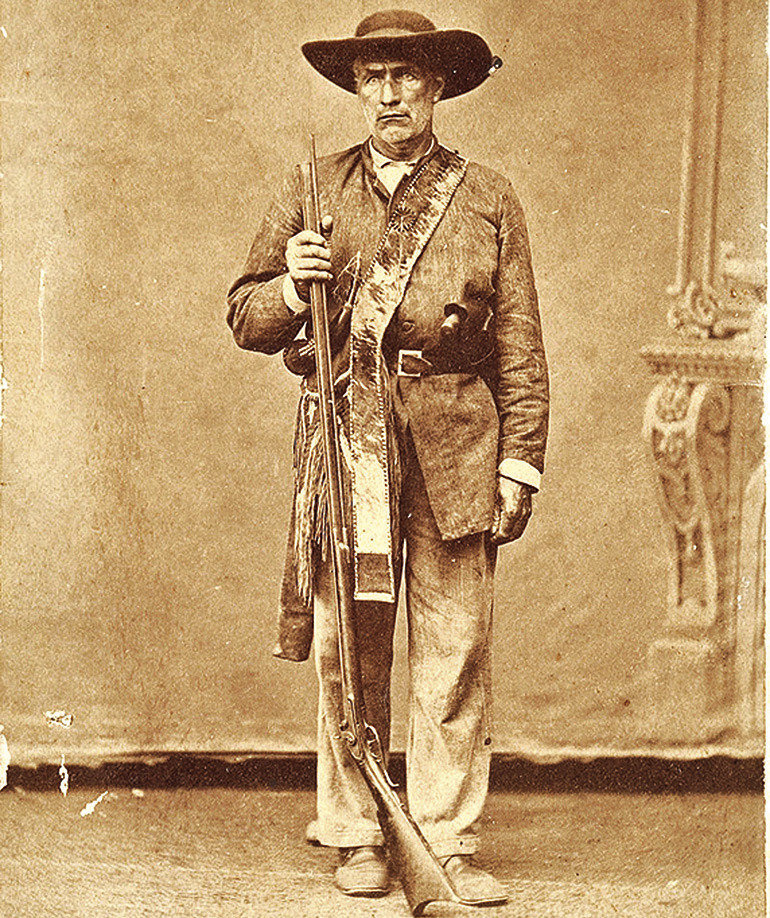
William Alexander Anderson Wallace was born in 1817. The Lexington native went off to Texas to become a ranger and there took part in a series of battles that sound as if they were invented by Hollywood script writers: the Black Bean Incident, the Battle of Salado Creek, the Battle of Hondo River. (And the Mexican-American and U.S. Civil Wars.) In retirement he was said to sit in his easy chair and spin yarns about his exploits that “stretched the blanket,” the blanket being credulity. He was bigger than a linebacker, and the Texas town eventually adopted his nickname: Bigfoot. (Miley photo courtesy of Washington and Lee University)
Today he is the editor of two online publications, “Rockbridge Epilogues,” a journal of serious local history that is endorsed by both HLF and RHS, and of “Rockbridge Anecdotes,” which resembles “733 Vignettes” except the stories are not as brief.
The book was edited by Suzanne Barksdale Rice, a Lexington native whose professional career centered on arts administration at institutions that included Harvard University, Houston Grand Opera, the Pasadena Playhouse and the University of Arizona College of Fine Arts in Tucson. In 2012 she retired to Lexington and in 2017 she became president of Historic Lexington Foundation, a position she held for three years.
“Rockbridge in 733 Vignettes” is available for $19.95 at The Bookery, the W&L bookstore and Amazon.
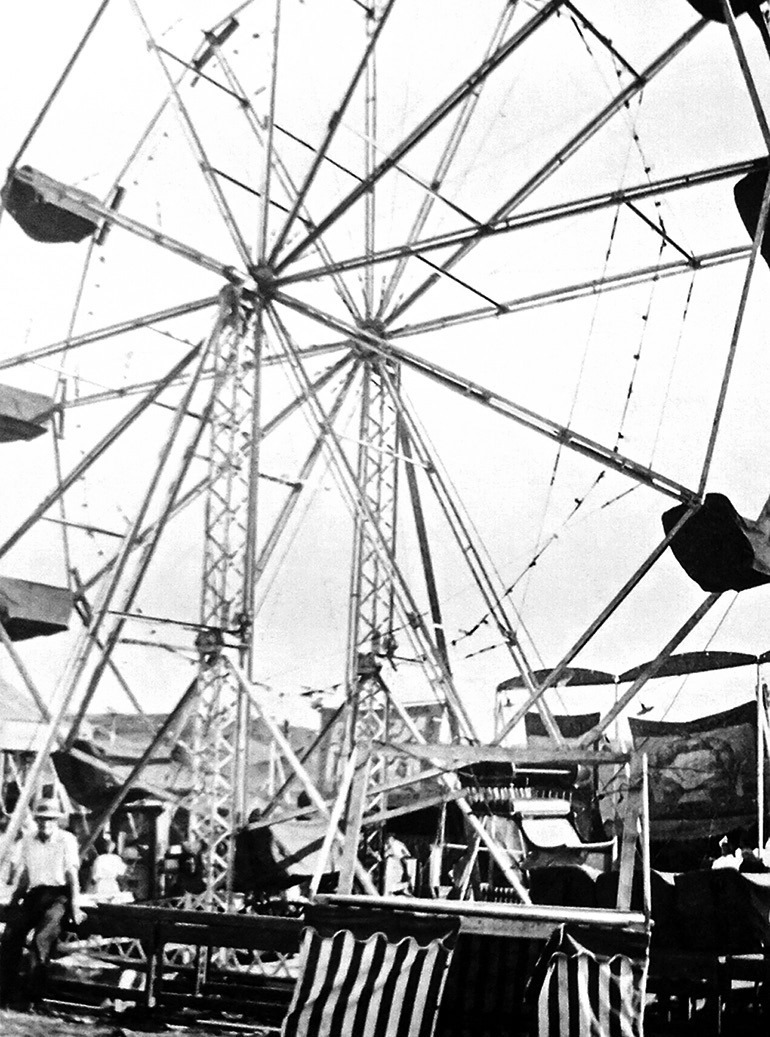
William Hoyt (1911–92) grew up in Lexington, the son of a Washington and Lee biology professor. Hoyt himself became a professor of history at Loyola College in Baltimore. His mother was a painter, and he took most of his photos (including this one) while driving her around the Rockbridge countryside in search of her subject material. Today it’s he who is remembered. Photo courtesy of Washington and Lee University.

